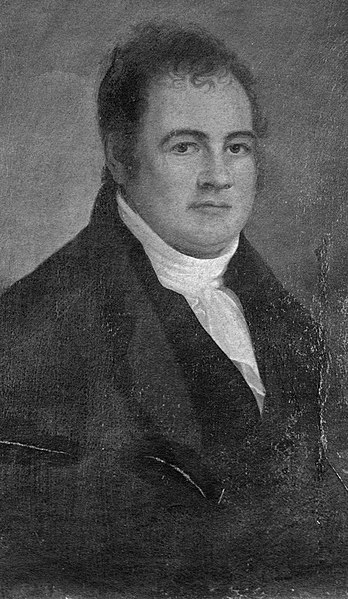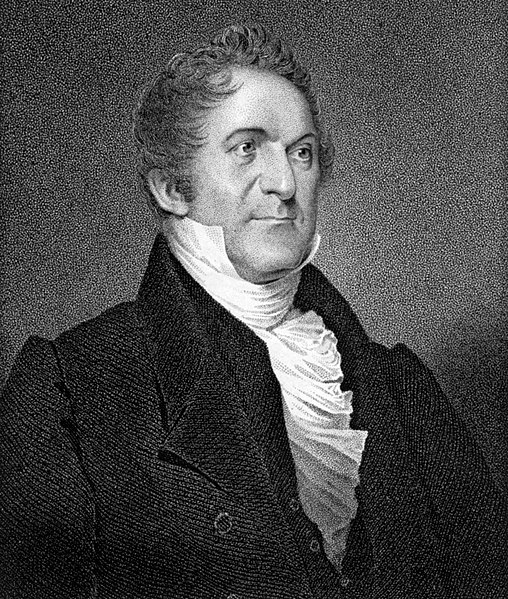The Anti-Masonic Party was the earliest third party in the United States. Formally a single-issue party, it strongly opposed Freemasonry in the United States. It was active from the late 1820s, especially in the Northeast, and later attempted to become a major party by expanding its platform to take positions on other issues. It declined quickly after 1832 as most members joined the new Whig Party; it disappeared after 1838.
William Morgan, whose disappearance and probable murder led to creation of the Anti-Masonic Party
Thurlow Weed, newspaper editor who helped form the Anti-Masonic Party
Solomon Southwick, newspaper publisher and 1828 Anti-Masonic candidate for Governor of New York
Former Mason William Wirt won Vermont's Electoral College votes in the 1832 presidential election for the Anti-Masonic Party
Freemasonry in the United States
Freemasonry in the United States is the history of Freemasonry as it was introduced from Britain and continues as a major secret society to the present day. It is a fraternal order that brings men together to gain friendship and opportunity for advancement and community progress. It has been nonpolitical except for a period around 1820 when it came under heavy attack in the Northeast. That attack reduced membership, but it recovered and grew after 1850. Growth ended in the late 20th century and membership has declined.
Illustration promoting African American ascent of the ladder of success, from a Prince Hall Masonic convention program book in 1920





